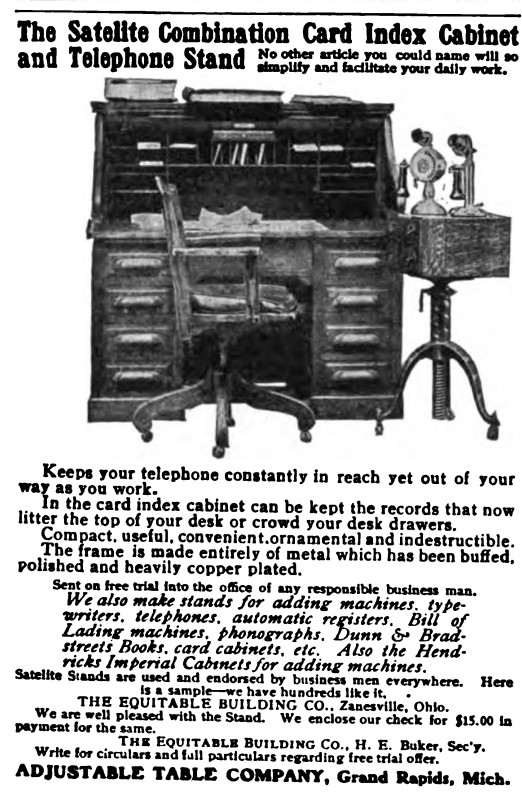There are two ways in which onecan own a book. The first is the prop-erty right you establish by paying forit, just as you pay for clothes and fur-niture. But this act of purchase is onlythe prelude to possession. Full owner-ship comes only when you have madeit a part of yourself, and the best wayto make yourself a part of it is bywriting in it.
Many have spoken of "books as wallpaper" or "intellectual furniture", but here Mortimer J. Adler goes beyond owning them solely as material culture, but turning them into intellectual and personal culture.
When they sit upon the shelf after being intellectually owned, they can serve as a mnemonic touchstone, which is a method of supercharging their value as lowly "decorative wallpaper", and instead making them living active, intellectual wallpaper.
